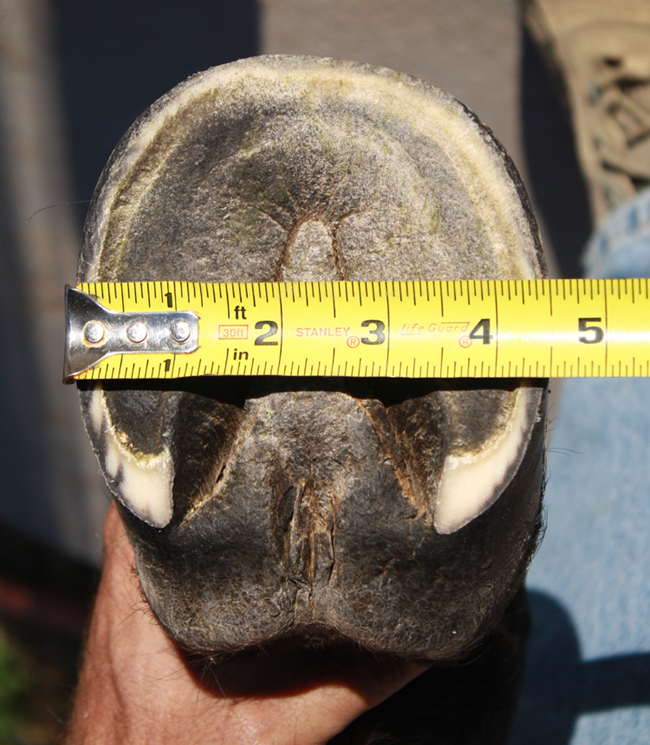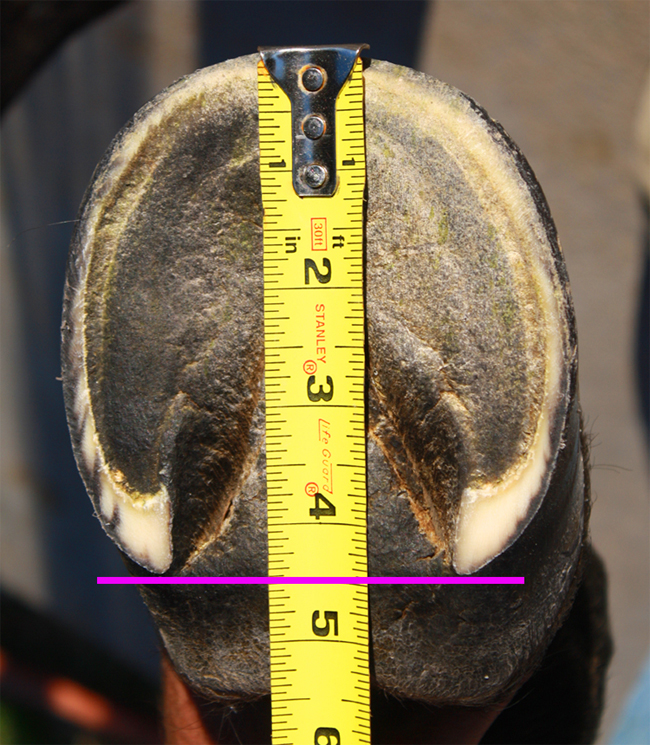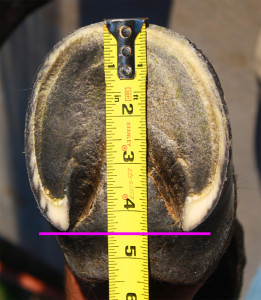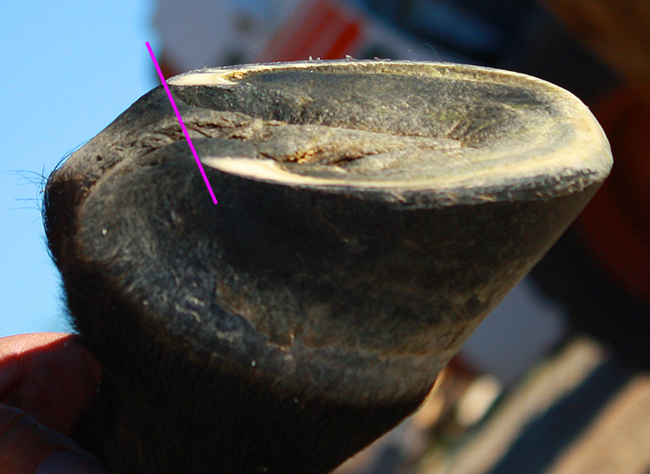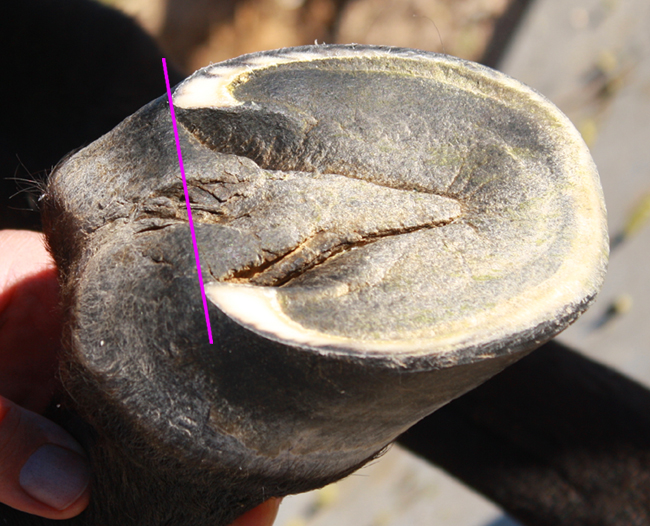Renegade® Classic and Renegade® Pro Comp Glue-On Hoof Boot Size Chart
Boot Size |
Boot Width |
Boot Length |
| 00 | 4-1/4” (108mm) | 5” (127mm) |
| 0 | 4-9/16” (116mm) | 5” (127mm) |
| 1 | 4-3/4” (121mm) | 5-1/4” (134mm) |
| 2 | 5” (127mm) | 5-1/2” (140mm) |
| 2W | 5-1/4” (133mm) | 5-1/2” (140mm) |
| 2WW | 5-1/2” (140mm) | 5-1/2” (140mm) |
| 4WW | 6” (152mm) | 6” (152mm) |

